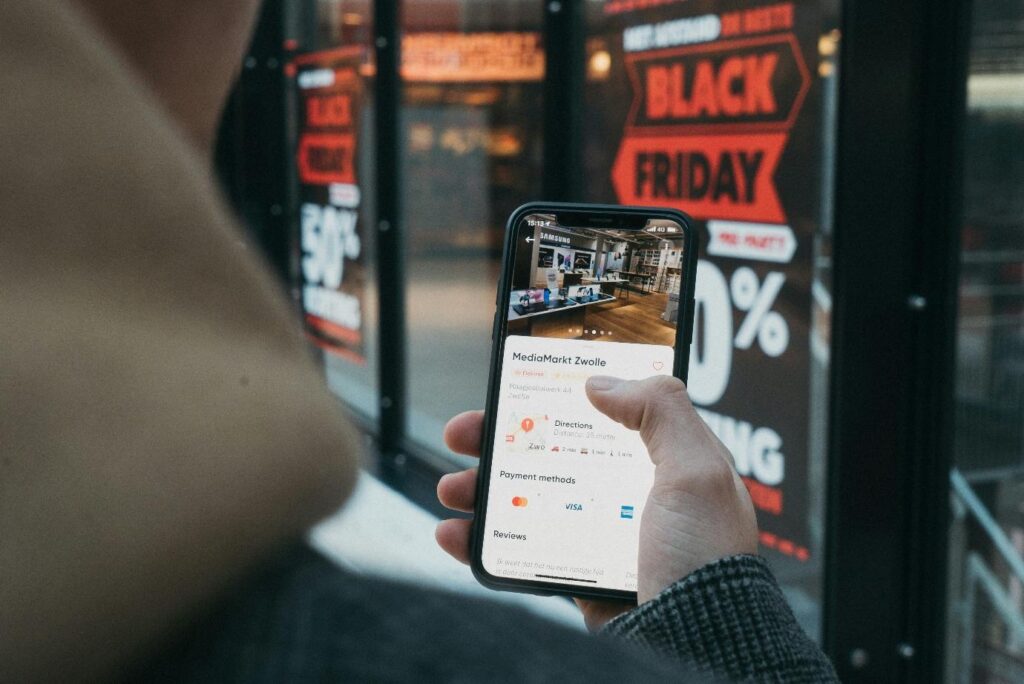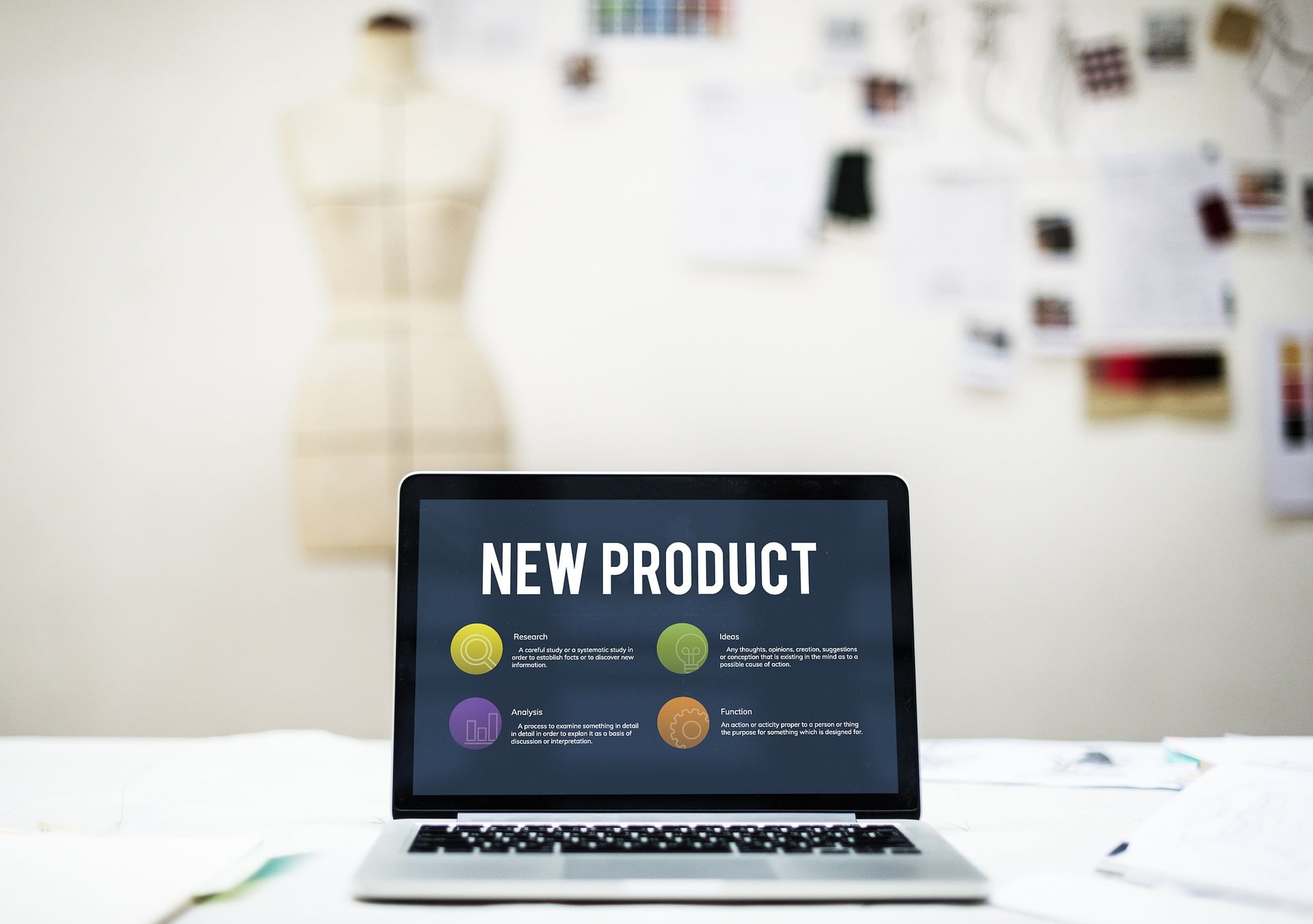Introduction
85% of SMBs are finding success by utilizing technology in their businesses, according to BusinessDasher. In an age where adaptability and quickness are paramount, small businesses that use technology are showing they can hold their own against much larger rivals.
Small-scale businesses, however, tend to have special challenges — small budgets, thin personnel, and intense competition. With thin margins and increasing customer expectations, expanding can seem like climbing a mountain.
Yet, technology is becoming the leveler. From streamlining routine work to boosting customer interactions, the correct solutions can enable small businesses to punch above their weight.
Read on to learn how small-scale businesses are leveraging technology to achieve big things and propel their success.
Streamlining Operations and Enhancing Efficiency
1. Cloud-Based Software
One of the easiest and most effective actions a small company can take is shifting operations to the cloud. Cloud-based software applications remove the necessity for heavy infrastructure, rendering critical tools usable from anywhere an internet connection is available.
Some examples are:
- Asana is responsible for project management and task collaboration.
- HubSpot for lead tracking, sales funnel management, and customer relationship handling.
- QuickBooks Online for financial and accounting tasks management.
These tools keep small teams organized, minimize manual effort, and work together in real-time — even when employees are scattered across various locations.
2. Automation
Time is limited, and automation enables small business owners to make the most out of it. Automating mundane tasks helps business owners concentrate more on strategy, creativity, and customer experience.
Examples of common automation:
- Email marketing automation through tools such as Mailchimp or ConvertKit, which automate and personalize emails.
- Scheduling software like Calendly or Acuity that makes booking appointments easy.
- Inventory management software like TradeGecko or Zoho Inventory monitors stock levels in real-time and automates reordering.
Automation not only makes one more productive but also eliminates human error, which can be expensive.
3. E-commerce Platforms
For product-centric businesses, online commerce is an open door to a global customer base — without a storefront to pay for. Platforms such as Shopify, Etsy, and WooCommerce make it simple, professional, and affordable to sell online as a small business.
Such platforms typically include built-in payment handling, stock monitoring, and mobile support, requiring less than ever to operate a store and expand operations without the need for technical know-how.
In addition, incorporating chatbots or automated customer service software on these platforms can improve customer care and minimize response times. Such tools, frequently driven by artificial intelligence, enable small businesses to provide 24/7 support, enhancing customer satisfaction while taking internal resources off the plate.
They can also automatically gather customer feedback, which companies can utilize to enhance services, product quality, and user experience on an ongoing basis.

Image Source: CardMapr.nl
Enhancing Marketing and Customer Engagement
1. Social Media Marketing
Social media is perhaps the cheapest method for small companies to reach customers. Having an active and stimulating presence on Instagram, Facebook, LinkedIn, and TikTok increases the visibility of a brand, drives traffic, and builds a community. With the right content and a well-thought-out posting strategy, small businesses can reach thousands—if not millions—of potential customers.
Tools that are helpful include:
- Buffer and Hootsuite for scheduling and analytics posts.
- Canva can make professional graphics without a graphics designer.
2. Content Marketing
Content marketing provides long-term ROI by establishing authority and trust with your target market. Blogs, tutorial videos, and how-to guides are all instruments that can inform customers and deliver organic traffic.
For instance, a local skincare brand can write blogs on skincare routines, do product review videos on YouTube, and post user-generated content on Instagram. Such content is valuable, relationship-building, and credibility-establishing in your niche.
Content marketers can also leverage AI voice generators to streamline content production. Producing quality voiceovers for tutorials or marketing videos was once a matter of hiring experts — usually not an affordable option for small companies. That is going out of the window now, thanks to AI voice generators.
A free AI voice generator, such as Murf.ai, can create realistic, studio-quality voiceovers in various languages at a fraction of the expense. For example, a small company that provides online tutorials or classes can now create voiceovers in various languages, expanding its audience and enhancing accessibility.
3. Customer Relationship Management (CRM)
An effective CRM system allows small companies to follow every customer touchpoint—from initial contact to repeat sales. The information can be utilized to:
- Personalize the communication.
- Provide customized promotions.
- Enhance customer support.
Well-known solutions such as Zoho CRM or Salesforce Essentials provide functionalities specifically designed for small firms to boost retention.

Image Source: Adem AY
Data Analytics and Informed Decision-Making
1. Data Collection and Analysis
Knowing your customers is the foundation for enhancing products, services, and marketing strategies. Data analysis tools enable small businesses to translate numbers into insights.
Google Analytics is a pivotal tool for any business that has a website. It offers:
- Traffic source analysis.
- Audience demographics.
- Behavior flow and page performance metrics.
Other tools, such as Hotjar or Mixpanel, offer visualizations of how users behave on your site, enabling you to optimize user experience.
2. Data-Driven Decision-Making
The days of speculation are over. With the proper data, small businesses can:
- Determine high-selling products.
- Know when and what is being bought seasonally.
- Maximize marketing efforts.
For instance, if a coffee shop sees from analytics that sales increase at lunchtime on weekdays, they may create a loyalty program or promotion to grab more of that business.
Data lets small business owners make smart decisions rather than making assumptions.
Conclusion
From collaboration-enhancing cloud tools to time-saving automation, reach-extending e-commerce platforms, and AI-enhanced tools that take content creation to the next level — technology is no longer a luxury far out of reach for small businesses. It’s an available and necessary driver of growth.
Adopting these tools mentioned doesn’t require massive investment — just a willingness to learn, experiment, and evolve.
Technology is an investment. With the right tools and a strategic mindset, small-scale enterprises can grow smarter, faster, and stronger — debunking the notion that size is an obstacle to success, but the mindset could be.
References & more information
- what-best-ways-use-technology-scaling-your-small-business.
- 17-ways-smbs-can-leverage-technology-to-grow-their-customer-bases
- how-small-scale-businesses-can-leverage-technology-to-grow-their-business
- how-small-businesses-can-leverage-ai-to-optimize-and-scale
- 7-ways-to-leverage-technology
- Ecommerce Image by nl
- Social Media Image by Adem AY
Tell us what you think? Did you find this article interesting?
Share your thoughts and experiences in the comments section below.












Add comment